The renowned story of Tandang Sora to the young Jose Rizal recounts a narrative involving a Gamu-Gamo and a lamp, imparting the virtue of filial obedience. Within this story, Mother Gamu-Gamo warned her child against venturing near the lamp, as fire could burn their wings and eventually kill them.
But did you know that Gamu-Gamos are actually winged Termites?

TERMITES WHO THRIVE
Termites are quite adventurous, exploring various terrains from temperate to tropical and subtropical regions, but feel most at home in tropical forests. With over 1,500 species, these polymorphic eusocial Insects have organized colonies where generations work together in perfect harmony.
The sight of swarming Gamu-Gamos often prompts us to think of warm, humid seasons or impending rainy days. Their life cycle commences with the grand spectacle of winged reproductives taking flight to conquer new frontiers.
These winged wonders actually reveal the presence of a mature Termite colony.
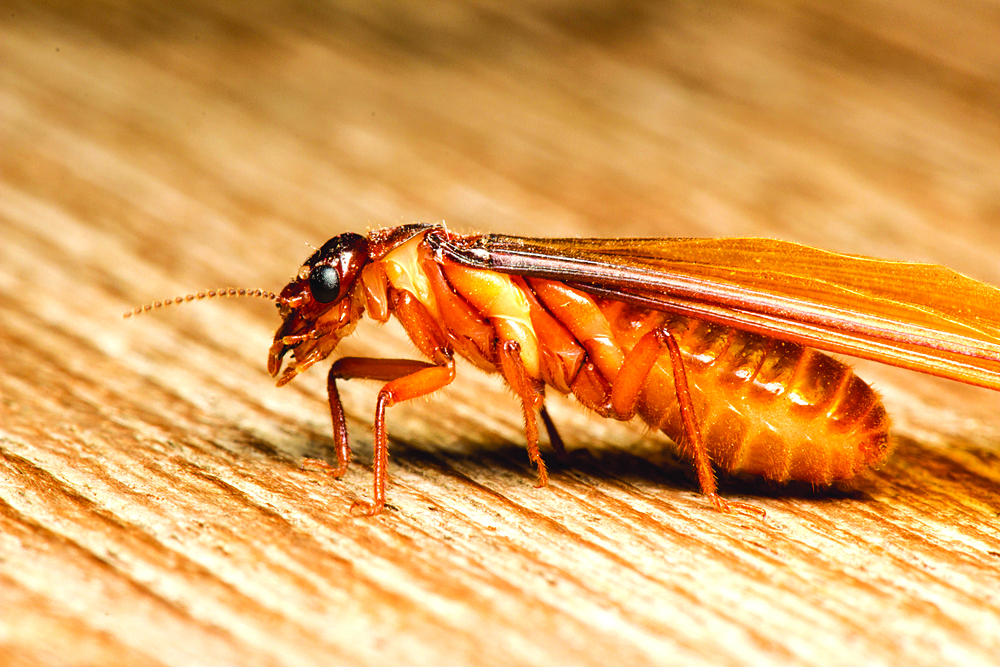
WHERE THEY LIVE
According to David Bignell and Paul Eggleton in their contribution to the 2000 book “Termites: Evolution, Sociality, Symbioses, Ecology”, Termites are usually categorized based on their environment: subterranean, drywood, and dampwood.
SUBTERRANEAN TERMITES
These Termites thrive underground and feast on softwoods. Their extensive subterranean networks of tunnels and chambers showcase their exceptional engineering prowess.

DRYWOOD TERMITES
Drywood Termites, on the other hand, assert their presence in the arid confines of dry wood. Unfazed by the need for soil proximity, they have evolved an affinity for aged heartwood found in towering trees.
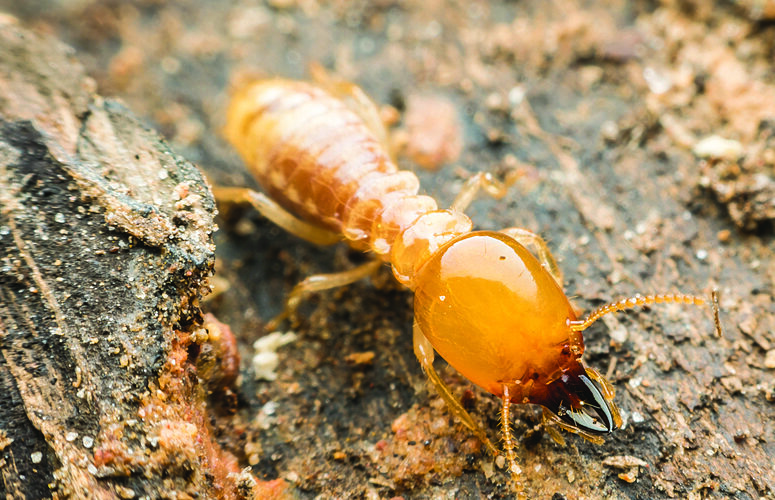
DAMPWOOD TERMITES
Lastly, these Termites thrive in moist wood, without requiring mud or soil contact.
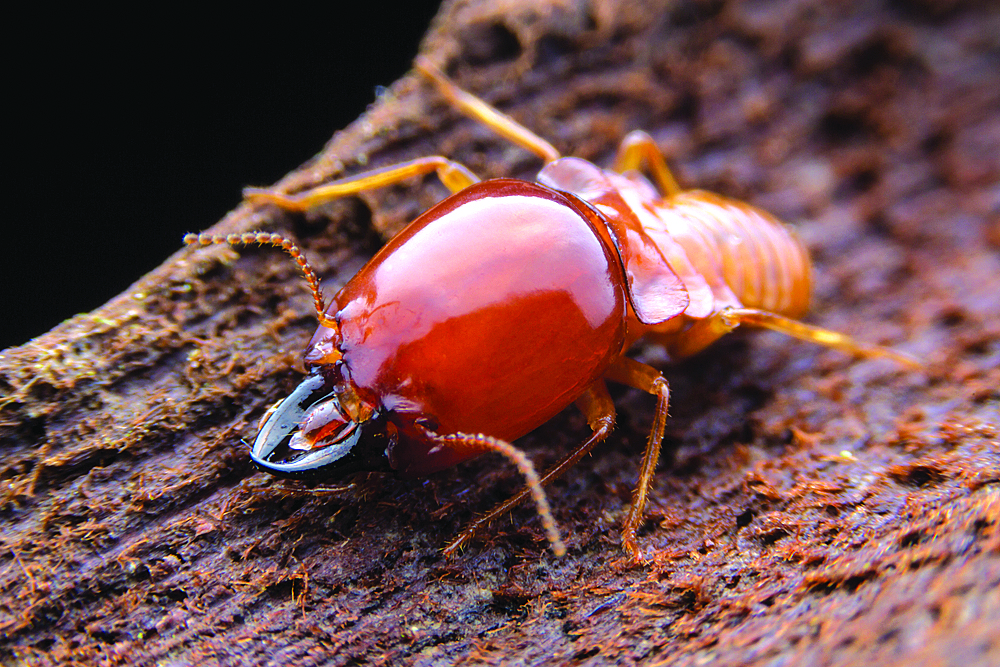
Beyond their living environments, Termites also have four intriguing feeding classifications: wood-feeders, soil-feeders, fungus-growers, and grass-feeders, as identified by Alain Brauman and team in a 2015 article for PLOS ONE.
WHAT DOES IT MEAN WHEN YOU SEE GAMU-GAMO?
According to a study in 2018 by Khan and Ahmad titled Termites and Sustainable Management, the Termite colony is established by a pair of alates (winged Termites) who produce all their nestmates.
They flaunt their alate status with magnificent wings adorned in delicate scales to find their match. Once accomplished, they cast aside their wings, marking the beginning of a grand journey to establish a new nest.

Termite swarming lasts about 20 minutes to an hour.
THE ISSUE WITH TERMITE CONTROL
Termites are notorious crop-wreckers and wield their importance in causing substantial losses to both agriculture and wooden structures. To keep their damage in check, chemical control has long been hailed as the go-to method and is the most popular and effective means of management, detailed by Monica Verma and team in their 2018 write-up for Termites and Sustainable Management.
Alas, the dark side of this solution has emerged as a pressing concern: the relentless use of chemical termiticides with their harmful consequences.
Across the globe, intrepid researchers are now embarking on a quest for innovative alternatives, seeking to unmask nature’s secrets to keep Termites from destroying property while respecting their existence.
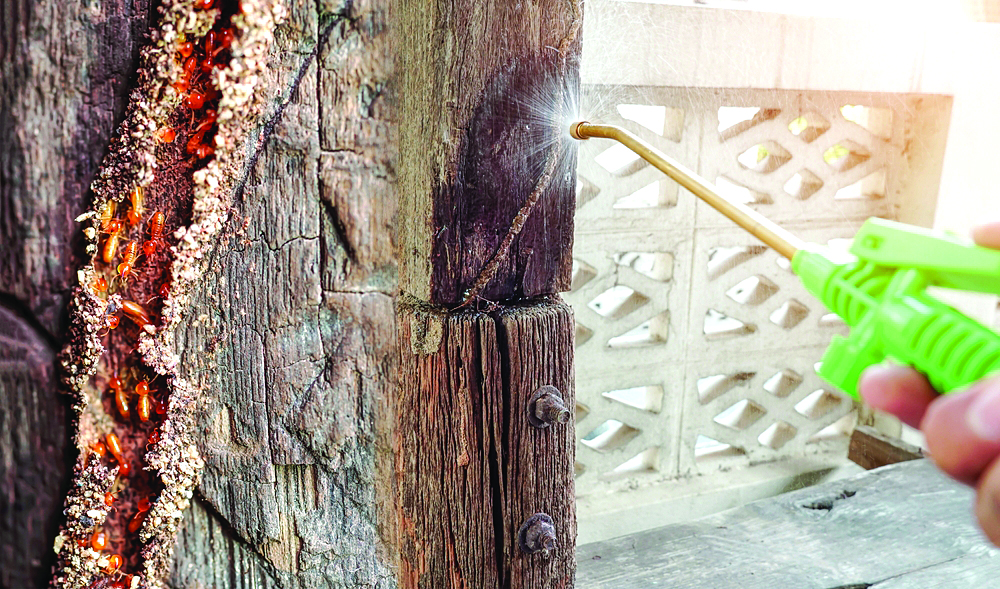
SO, WHAT DO WE DO WITH GAMU-GAMO?
Termites play an important role in maintaining the ecological processes of the environment and pose multiple benefits both for humans and other animals. But here’s the catch: Managing them requires a delicate touch of caution and care.
Here are some of the things you can do when you see Termite swarms.
TAKE FLYING TERMITES SERIOUSLY
Winged Termites represent the reproductive members of their colony, diligently seeking their mates as previously mentioned. Therefore, the sight of these swarming could signal a significant population somewhere close.
CHECK THE WEATHER
Warm and humid environments often prompt Termites to take flight, embarking on a quest to discover fresh territories where they can establish new colonies.
FIND THEIR MOUND
If you happen to spot swarms of winged Termites, it’s a good idea to trace them back to their mound. These mounds can often be found in and around your garden or even near wooden furniture.
According to AZ animals website, their mounds can reach up to 9 meters high!
SET THEM APART FROM FLYING ANTS
There might be confusion at first glance, especially when encountering flying Ants as they closely resemble flying Termites. A closer look, as elaborated from the website Smithereen, reveals intriguing distinctions that set them apart.
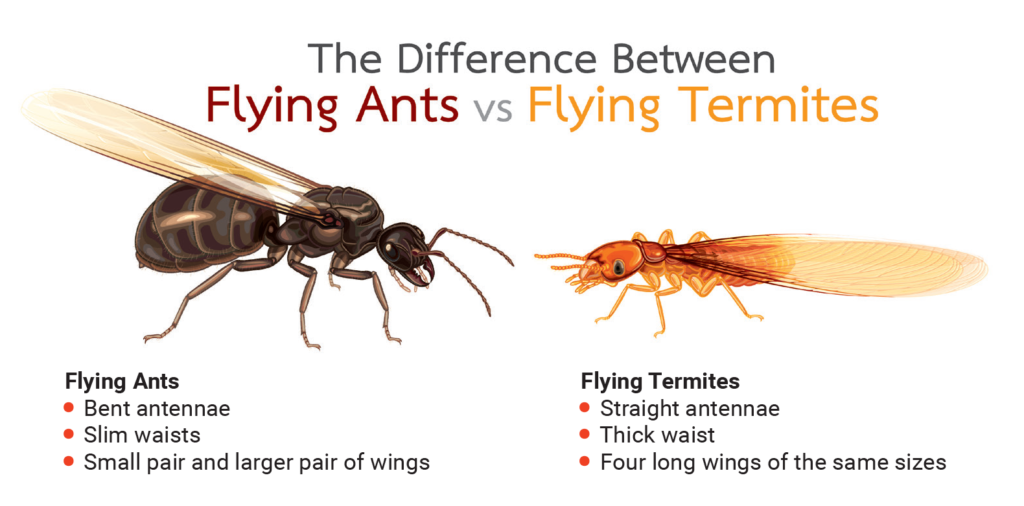
RECONSIDER SPRAYING
While insecticide sprays can eliminate them, it can’t prevent the establishment of a new colony by their reproductive pair.
DO NOT BLOCK THEIR EXIT ROUTE
Preventing flying Termites from accessing their created openings may seem like a solution, but it could actually lead them to forge new entry points, causing further damage to properties.
CONSIDER USING TERMITE-RESISTANT MATERIALS
Prevention will save you from a lot of heartbreak. Consider using materials that are naturally resistant to Termites.
For instance, did you know that aluminum cupboards are all the rage nowadays, especially as they are resistant to both Termites and water damage? They can even be made to look like wood — you can’t tell from the many photos of homeowners that these cupboards are anything but!
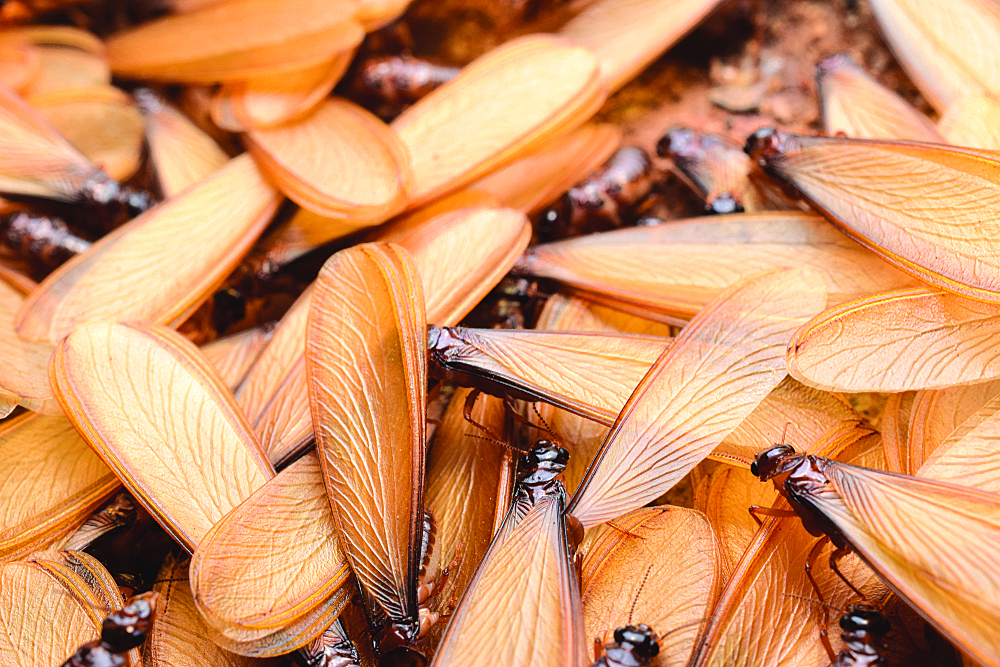
BEHOLD, THE MIGHTY TERMITES
Termites, often misunderstood and unfairly judged, actually play fascinating ecological roles. While it is true that they are perceived as bothersome pests, most Termites benefit us surprisingly.
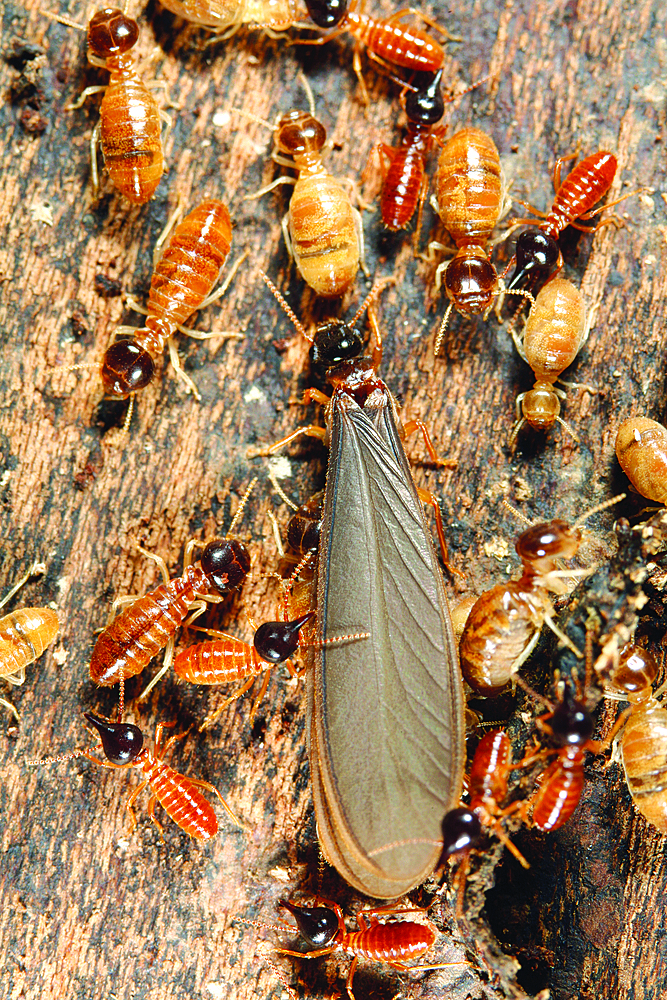
In 2018, Sergey Govorushko conducted a study later published in Entomological Science shedding light on the importance of Termites in various ecological processes, notably carbon and nitrogen mineralization.
Beyond their negative reputation, these tiny soil engineers act as crucial mediators in the decomposition of plant organic matter, wielding great influence on soil formation and energy and nutrient flows.
They digest cellulose to remove ground litter and incorporate leaf matter deep within it. Moreover, according to the study by Harit and team for Biology and Fertility of Soils in 2017, the Termites’ indirect role in the ecosystem is equally valuable, through the breakdown of litter and facilitation of microbial action, eventually leading to soil improvement.
Most Termites focus their efforts on an essential ecological task: the recycling of dead plant material. This emphasis on recycling highlights nature’s ingenious efficiency and underscores their significant ecological contributions.
A GLOBAL PURSUIT OF BENEFITS
Researchers incessantly delve into uncovering Termites’ roles across the globe. Recognizing what they do in maintaining ecological balance, conservation initiatives gain paramount importance.
Imparting this knowledge to locals engenders a sense of stewardship and inspires communities in preserving the ecological balance of future generations.
Preserving their habitats is not just a call to protect biodiversity but also an acknowledgment of the invaluable contributions that Termites offer to our delicate ecosystems.






